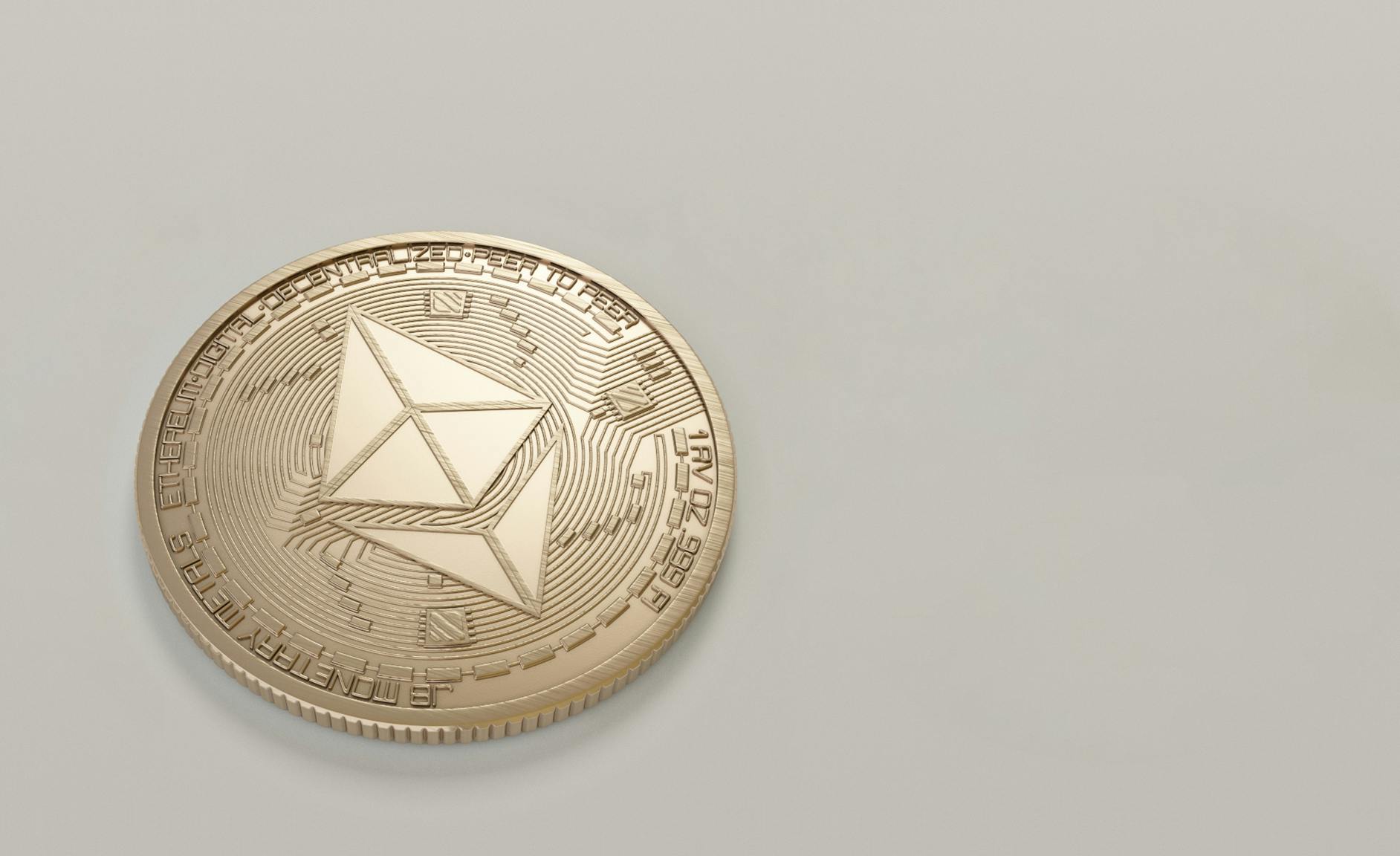
Ethereum (ETH) has emerged as a unique commodity in the digital age, blending characteristics of programmable money, computational fuel, and store of value. This analysis examines Ethereum through the commodity lens, covering its utility, market dynamics, regulatory status, and evolving role in decentralized ecosystems.
1. Ethereum’s Commodity Characteristics
A. Utility as Digital “Oil”
-
Gas Fees: ETH powers transactions/smart contracts (like oil fuels engines).
-
DeFi/NFT Infrastructure: Essential for:
-
Decentralized finance (Uniswap, Aave)
-
Digital collectibles (NFT marketplaces)
-
Web3 applications (Metaverse, DAOs)
-
B. Supply Mechanics
-
Fixed Issuance Post-Merge: ~0.5% annual supply growth (vs. Bitcoin’s 1.8%).
-
Burn Mechanism: EIP-1559 destroys ETH with each transaction (deflationary pressure).
C. Regulatory Classification
-
CFTC & SEC Stance: Treated as a commodity (like Bitcoin) in the U.S., though debates continue.
-
EU’s MiCA: Classifies ETH as a “utility token” under commodity rules.
2. Ethereum’s Commodity Markets
A. Trading Venues
| Market Type | Examples | Liquidity (24h Vol) |
|---|---|---|
| Spot Exchanges | Coinbase, Binance, Kraken | $10B–$15B |
| Futures (CME, Deribit) | CME ETH Futures | $5B–$8B |
| Options | Deribit, OKX | $1B–$2B |
B. Price Determinants
-
Network Demand: Gas fees spike during NFT/DeFi booms.
-
Staking Yields: ~3–5% APR post-Merge influences holding incentives.
-
Macro Trends: Correlates with Nasdaq (risk-on asset).
-
Regulatory News: SEC actions or ETF approvals cause volatility.
C. Historical Price Performance
-
2021 Bull Run: $4,800 ATH (NFT/DeFi mania).
-
2023–2024 Range: $1,200–$4,000 (post-Merge adjustments).
3. Ethereum vs. Traditional Commodities
| Feature | Ethereum (ETH) | Gold/Oil |
|---|---|---|
| Scarcity | Algorithmically capped | Geologically limited |
| Utility | Programmable contracts | Industrial/ornamental |
| Storage | Digital wallets | Physical vaults |
| Volatility | High (30–100% annual) | Moderate (15–30%) |
4. Risks & Challenges
A. Technical Risks
-
Smart Contract Bugs: Exploits (e.g., 2016 DAO hack).
-
Scalability Limits: High fees during congestion (pre-Layer 2 solutions).
B. Regulatory Risks
-
SEC Reclassification: Potential security label could disrupt markets.
-
Global Bans: China’s crypto crackdown precedent.
C. Competition
-
Solana, Cardano: Faster/cheaper alternatives.
-
Bitcoin: Dominant “digital gold” competitor.
5. Future Outlook (2024–2030)
A. Growth Drivers
-
Institutional Adoption: ETH futures ETFs, staking products.
-
Ethereum 2.0: Full sharding could boost scalability.
-
DeFi 2.0: Institutional-grade protocols emerging.
B. Price Predictions
-
Bull Case: $8,000–$12,000 (if DeFi/NFT adoption explodes).
-
Bear Case: $1,000–$2,000 (prolonged crypto winter).
C. Investment Strategies
-
Long-Term Holding (HODL): Staking for yield.
-
Trading: Leverage futures/options during volatility.
-
Ecosystem Plays: Invest in L2 tokens (Arbitrum, Optimism).
Conclusion
Ethereum has cemented itself as the premier “digital commodity” for the internet age, powering decentralized economies while offering speculative value. Its dual role as consumable gas and appreciating asset makes it unique among commodities.
